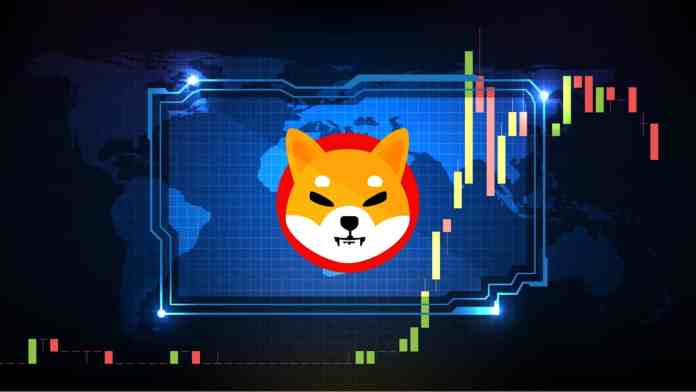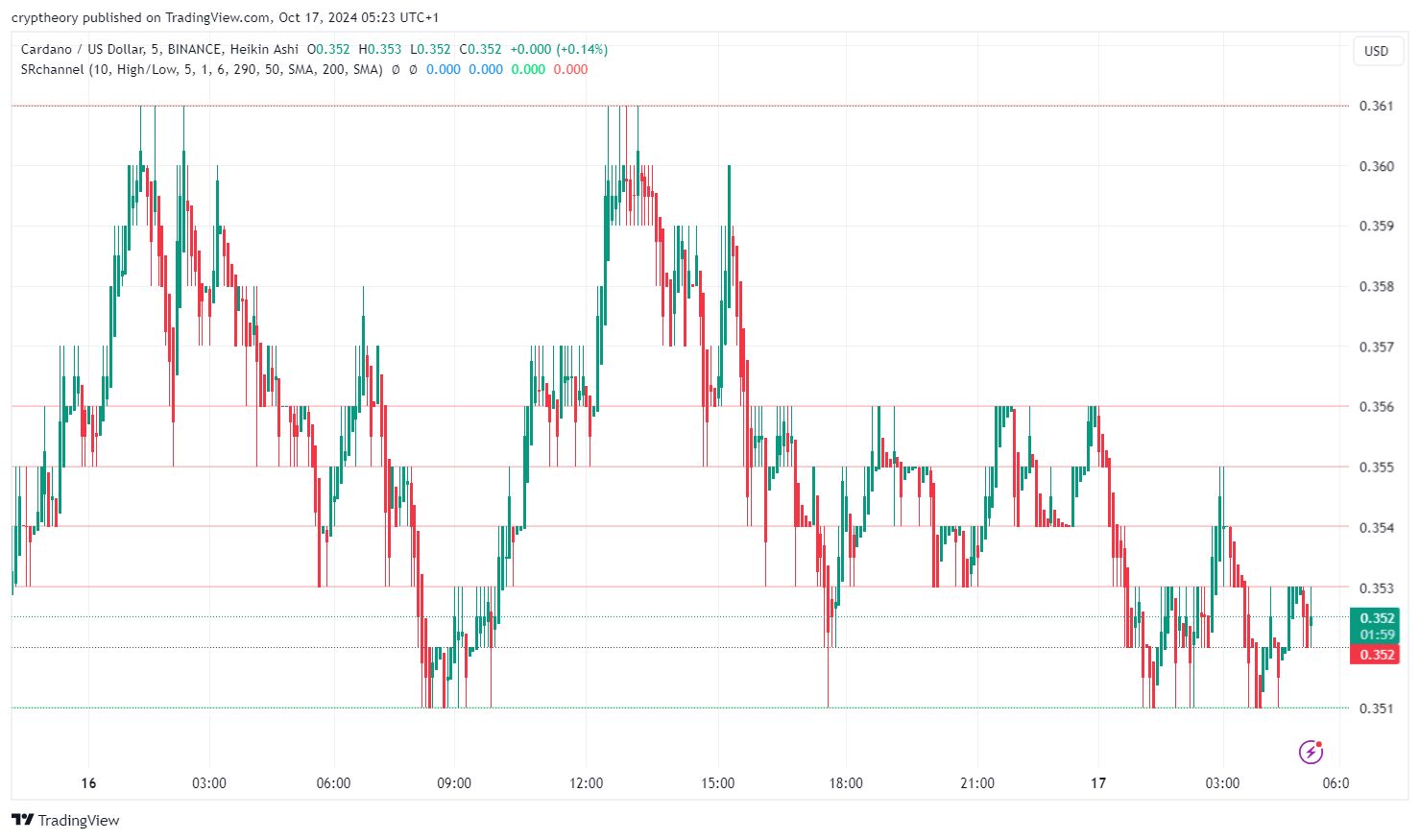Table of Contents
Established in 2018, Hoard NFT Exchange is an early mover in the NFT space. It first focused on building a blockchain-powered platform where community members can contribute to its development and governance using the Decentralized Autonomous Organization (DAO) model
As a primary blockchain project offering players True Ownership, and also implementing ETH and Plasma, Hoard NFT Exchange has become a popular option for trading NFTs.
From this beginning step until now, the exchange has witnessed quite strong growth. The team has completed Software Development Kit – a game-integrated tool and released its native token.
Designed for the gaming industry that enables the exchange of value between games, the gaming community, and game developers, Hoard aims to improve the purpose and utility of Non-fungible tokens (NFTs) through a series of interesting and smart applications.
The team also shows a strong interest in the traditional gaming industry but it is not an immediate focus. Plasma is used due to the high number of users on the platform, which is a sign of how successful the exchange has become.
Hoard NFT Exchange Delivers Scarce Items to the Masses
With the advent of blockchain, a scarcity in the digital world was created and it connected part of the real world with the virtual world.
The crypto craze set the stage for NFT to become the latest investment trend. The increased growth of the blockchain community also makes investors, even media or those interested, unable to stay out of the NFT attraction.
NFTs are one of the key foundations of the new digital economy, which is powered by blockchain. These tokens have been tested in many areas such as gaming, digital identity, licensing, certification and fine arts.
Holders can even split and own proportionally high-value items with this technology.
Many NFT protocols have blown the blockchain community away with their innovative ideas. Hoard NFT Exchange is the latest project that got in the NFT space early, and is reaping the rewards today.
What is Hoard NFT Exchange?
The platform has recently established the creation of an open-source marketplace, sticking to the goal of building a global ecosystem, allowing users to segment the use of products and services.
The plus point that sets Hoard apart from other competitors is that the protocol provides a high-performance ecosystem with competitive fees. HRD holders can benefit from a robust set of high-end services and transactions options.
Beyond the addition of new Marketplace functionalities, the Hoard team plans to capitalize on the platform’s better UX experience and work on implementing a L2 solution.
Hoard Token (HRD)
- Token Name: Hoard
- Symbol: HRD
- Type: ERC20 (Utility Token)
- Supply: 1,000,000,000
- Emission: TypeFixed
- HRD Token Market: HRD/ETH
- Utility Token: Fee, Governance token
- Networks: ETH Blockchain
Hoard token is the ERC20 token used to pay for purchases of items in the Hoard ecosystem, including all games designed on their platform. Besides, Hoard Token supports the release of games, items used in games.
Developers use Hoard tokens to pay service fees.
Regarding the token distribution — out of the 1 billion HRD tokens in the total supply, the team plans to distribute 48%, the team endowment is allocated 20%, 25% goes to the project pool, and the remaining 7% is distributed to the community.
Hoard Software Development Kit
Hoard sets up the SDK as a user-friendly tool to integrate any game with the blockchain. Hoard’s SDK is easy to use, accurate, designed to simplify the gaming zone acces. In other words, developers don’t need an in-depth blockchain background to develop their games and asset tokenization is also easier.
Hoard Marketplace
Following the details of the development roadmap in 2021, Hoard Exchange recently confirmed the release of the NFT marketplace on the ETH mainnet by the end of last month.
The market comes with multiple functions, including loans and equity reserves, with the use of NFT as collateral for the loan.
Hoard Market is one of the two key types of services offered by Hoard and its SDK. Its objective is focused on the management of digital products while simplifying the interaction between developers and users.
NFTs used for trading, lending or leasing may include in-game items, real-estate, digital art, and many more.

The marketplace will feature LOAN, a peer-to-peer lending platform where users can use their NFT as a pledge to obtain crypto loans. NFT holders can receive these funds for further investment, while lenders will deploy their stablecoins to generate additional income by charging interest.
As mentioned above, the HRD coin is the platform’s native token. With Hoard tokens, HRD holders are granted access to lending functionality. In addition, users holding HRD shares will be eligible for a partial refund of the platform fees as a stock bonus.
With the marketplace live on the mainnet, Hoard users can now list their NFTs, discover other NFTs and make purchases for their favorite ones.
After listing or obtaining their NFT, can be applied as collateral for loans. In addition to interest income, in the event of foreclosure, lenders are also eligible for NFTs.
According to Hoard’s CEO Radek Zagórowicz, the market lending feature is the first of many NFT features and utilities coming soon.
Hoard Architecture and User Flow
The team has stuck to its plan as the Hoard’s Market was launched according to the official announcement from the company.
The Hoard Market is structured with three key elements: Lender, Borrower and Staker. Loan is applicable to borrowers using NFTs as collateral. Loan payments are made determined by the parameters under the lender’s setting.
- Lender: Hoard’s lending functionality is open for any stablecoin holders as long as they wish to profit from this type of investment. They approach the opportunities to increase their profit and acquire NFTs they prefer. In the case of off-time loan repayment, the NFT used as collateral will move to the lender’s account.
- Borrower: Hoard members who acquire and want to optimize earnings on ERC20 and ERC721 assets are able to employ crypto assets to secure them. Borrowers put their NFT in the Marketplace system and select a loan value as a minimum. If the loan is paid off by the due date, any funds enhanced by interest will move to the lender’s account and borrowers will get the NFT used as collateral.
- Staker: Staking is another major highlight of Hoard Market. The platform opens a world of reward opportunities for those interested in HRD (ETHHRD UNIV2) and financial returns. Stakers pay fees through tokens with strong liquidity like stablecoins. For staking on Hoard Marketplace, users are rewarded and the longer they contribute, the more rewards they receive. Users will eventually claim their rewards through MetaMask wallet.
Currently, users can easily find a number of contracts listed on the Hoard Market, such as CryptoKitties, Axie, Cryptovoxels, Decentraland LAND, Decentraland Names, Gods Unchained Cards, MyCryptoHeroes Extension, MyCryptoHeroes Hero, SuperRare, Wrapped CryptoPunks and many more to come.
What’s Next On Hoard’s Road Map?
The team’s focus this year is on the completion and development of Hoard Market. The next quarter is expected to be the launch of the trading and building feature. After this, Hoard will release the Rent feature and enable the ability of governance.
Hoard NFT Exchange is Growing
Hoard NFT Exchange is primed to be one of the most popular NFT exchanges in this new and exciting market. While cryptos have attracted a lot of attention from the investment community, NFTs have brought the masses to tokens. To learn more about Hoard, just click right here!
The post Hoard NFT Marketplace: Trade, Buy, Sell, Loan & Rent NFTs appeared first on Blockonomi.























